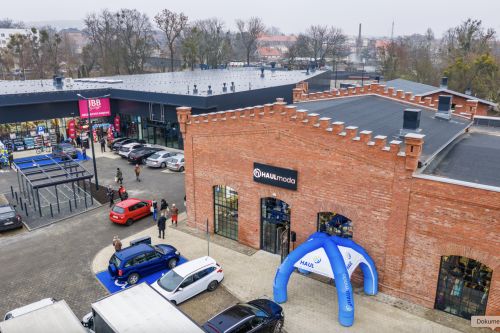JLL has just published its Q2 2023 residential report, according to which home sales across Poland have risen to the same level last seen in 2021. How come?
Aleksandra Gawrońska, the head of residential research, JLL: There has indeed been a very clear rise in sales. Across the six largest markets, developers sold almost 15,500 homes – a figure comparable to the second half of 2021. You have to bear in mind that over 2022 many unforeseen events occurred, such as the war in Ukraine, soaring inflation and the interest rate hikes. All of this resulted in a fall-off in sales. Now, those people who held back with their decisions to buy homes because of these factors have returned and this is being hastened by the awareness of the continuing price growth and of the shrinking number of units on sale.
Did anything else happen to trigger this bounce-back?
Certainly, greater impetus was added to this trend by the announcement of the latest governmental incentive scheme, but the rate































































